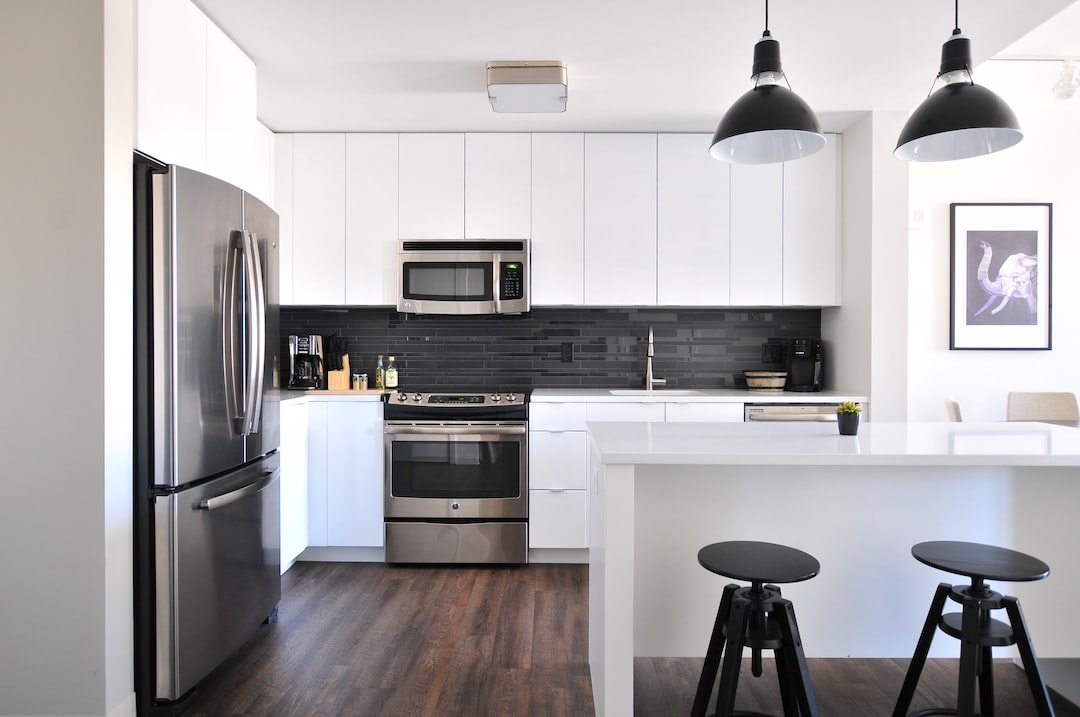Understanding Mortgage Options: Fixed-Rate vs. Adjustable Rate
When it comes to buying a home, one of the most important decisions you’ll have to make is choosing the right mortgage option. With so many different types of mortgages available, it can be overwhelming to know which one is the best for your individual needs. Two popular options are fixed-rate and adjustable-rate mortgages.
Fixed-Rate Mortgage
A fixed-rate mortgage is a type of loan where the interest rate remains the same throughout the term of the mortgage. This means that your monthly mortgage payments will also remain constant over the life of the loan. Fixed-rate mortgages are typically offered in 15, 20, or 30-year terms.
One of the main advantages of a fixed-rate mortgage is stability. Knowing that your interest rate and monthly payments will not change makes budgeting and planning for the future much easier. You can rely on consistent monthly payments, even if market interest rates rise.
Additionally, fixed-rate mortgages provide peace of mind to homeowners because they have a predictable payment schedule, allowing them to focus on other financial goals without worrying about fluctuating mortgage payments. These types of mortgages are especially popular for first-time homebuyers who are looking for stability and consistency.
However, fixed-rate mortgages often come at a slightly higher interest rate compared to adjustable-rate mortgages. This means that in the short term, you may pay more interest on your loan compared to an adjustable-rate mortgage. Nevertheless, the benefit of having a locked-in rate can outweigh the higher initial interest rate.
Adjustable-Rate Mortgage
An adjustable-rate mortgage (ARM) is a loan where the interest rate is variable and can change over time. ARMs typically have a fixed rate for an initial period, which can range from one to ten years, and then the rate adjusts periodically based on changes in market interest rates.
The main advantage of an adjustable-rate mortgage is typically a lower initial interest rate compared to fixed-rate mortgages. This can result in lower monthly payments during the initial fixed-rate period, making it an attractive option for homebuyers who plan to sell or refinance before the rate adjusts.
ARMs also offer flexibility. If you plan to move or sell your home in the near future, an adjustable-rate mortgage can be beneficial since you’ll be able to take advantage of the lower initial interest rate without being affected by rate increases in the long term.
On the downside, ARMs come with uncertainty. As the interest rate can change after the initial fixed-rate period, your monthly payments may fluctuate, which can make budgeting more challenging. It’s crucial to carefully review and understand the terms of the ARM, including the adjustment periods, interest rate caps, and any potential penalties or fees associated with refinances.
Choosing the Right Option for You
Choosing between a fixed-rate and adjustable-rate mortgage ultimately depends on your financial situation and long-term goals. Consider the following factors to aid in your decision-making process:
1. Future Plans: If you plan to stay in your home long-term and prefer predictability and stability, a fixed-rate mortgage may be the best choice. However, if you plan to sell or refinance before the rate adjusts, an adjustable-rate mortgage might be more suitable.
2. Risk Appetite: Assess your comfort level with uncertainty. If you are risk-averse and prefer to have control over your monthly payments, a fixed-rate mortgage is likely the safer option. On the other hand, if you can handle fluctuations in payment and are willing to take on some risk, an adjustable-rate mortgage could be an appropriate choice.
3. Current Interest Rates: Take into account the current market interest rates. If they are relatively low, a fixed-rate mortgage can provide long-term savings, as you will be locking in a low rate. Conversely, if interest rates are higher, an adjustable-rate mortgage with a lower initial rate may be more attractive.
Ultimately, it’s crucial to evaluate your unique financial circumstances, future plans, and risk tolerance when choosing between a fixed-rate and adjustable-rate mortgage. Consulting a mortgage professional can also provide valuable insights and assistance in making the right decision.
In conclusion, understanding the differences between fixed-rate and adjustable-rate mortgages is essential for homeowners to make an informed decision. Both options have their advantages and considerations, and by carefully evaluating your financial situation, you can select the mortgage option that aligns with your goals and preferences to secure the best possible terms for your home loan.

